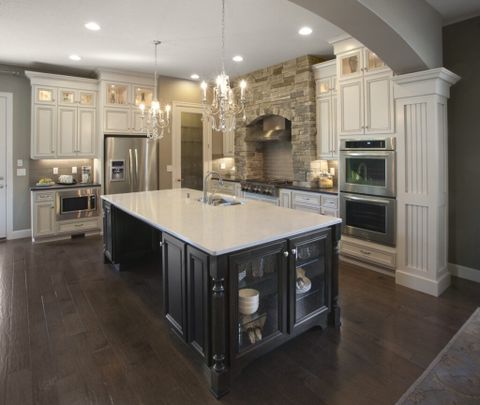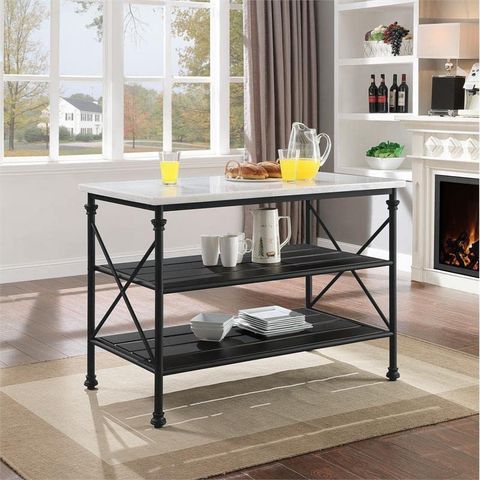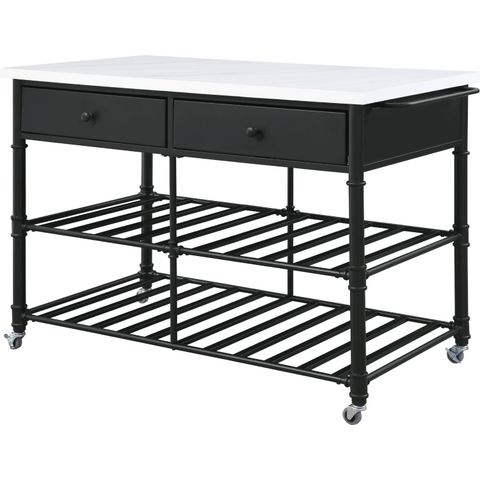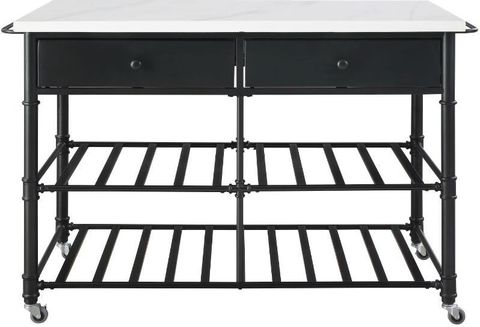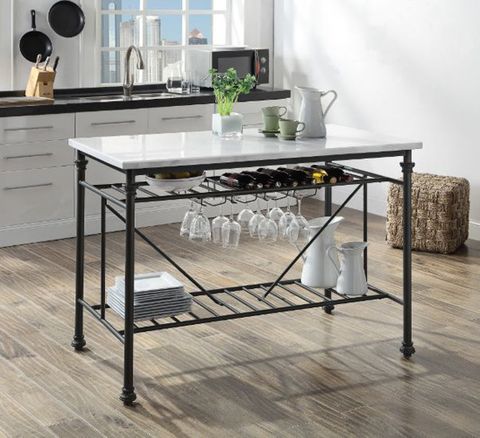Hey everyone, it’s me, your go-to guru for all things related to home improvement and design. Today, we’re taking a deep dive into a material that’s been gaining serious traction in the world of architecture and interior design: cultured stone. I’ve gotten so many questions about it, from its durability and how it looks, to how it compares to real stone. So, buckle up, because we’re about to uncover everything you need to know and more about this super versatile and captivating material.
So, what exactly is cultured stone? Simply put, it’s a manufactured product designed to mimic the look of natural stone. It’s made from a mix of cement, lightweight aggregates (like pumice or shale), and pigments. The process involves pouring this mixture into molds crafted from real stone, which captures the unique textures and characteristics of the original. The result is a product that’s lighter, more affordable, and often easier to install than its natural counterpart. Plus, it comes in a huge array of colors, styles, and shapes – talk about choice, right? It’s become a popular choice for both indoor and outdoor applications, from fireplaces and accent walls to exterior facades and landscaping features. We’re talking versatility, people.
The Durability Factor: Can Cultured Stone Stand the Test of Time?
One of the biggest questions I get is about durability. Is cultured stone tough enough to handle the elements and everyday wear and tear? The short answer is, yes, usually. Cultured stone is incredibly resilient. It’s resistant to fading, cracking, and chipping, even when exposed to the sun, rain, and temperature fluctuations. Now, the actual durability will depend on the specific manufacturer and the quality of the materials used. Higher-quality cultured stone will generally last longer and be more resistant to damage. Think about it like this: you wouldn’t expect a budget-friendly, mass-produced item to perform as well as a premium, carefully-crafted one, and the same applies here.
Here’s the thing: while it’s strong, cultured stone isn’t indestructible. Extremely harsh impacts could cause damage. However, with proper installation and maintenance, it can last for decades. Regular cleaning with mild soap and water is usually all it needs to stay looking its best. Avoid harsh chemicals, as they can damage the surface. And, if you live in a climate that experiences extreme weather conditions, make sure the stone is properly sealed to prevent water absorption and freeze-thaw damage, which is a major issue for many building materials.
Aesthetic Appeal: Mimicking Nature’s Beauty
Let’s talk about looks, because, let’s be honest, that’s a big part of why we choose materials, right? Cultured stone is designed to replicate the beauty of natural stone, and it does a darned good job of it. The molds used in the manufacturing process are taken from actual stone formations, meaning you get a very realistic look. The variety of styles is amazing. You can find cultured stone that mimics everything from rugged ledgestone and river rock to smooth, contemporary flagstone. The color options are also extensive, allowing you to match existing designs or create a completely new aesthetic.
One of my favorite things about cultured stone is its ability to bring a touch of nature indoors. A cultured stone fireplace can become the focal point of a living room, creating a warm and inviting space. Or, imagine an accent wall in your kitchen, adding visual interest and texture. Even outside, cultured stone can transform the look of your home, adding curb appeal and creating a stunning first impression. I think that’s pretty amazing, and there are so many options.
Installation: DIY or Professional?
Okay, so you’re sold on cultured stone. The next question is usually about installation. Can you do it yourself, or do you need to call in the pros? The answer really depends on your skills, time, and comfort level. Cultured stone is generally easier to install than natural stone, as it’s lighter and doesn’t require heavy machinery. However, it still requires some specific skills, such as measuring, cutting, and mortaring.
If you’re a seasoned DIYer with experience in tiling or masonry, you might be able to tackle the project yourself. Make sure you follow the manufacturer’s instructions carefully and use the correct adhesive and tools. However, for larger projects or if you’re not confident in your skills, I’d recommend hiring a professional. A professional installer will have the experience and expertise to ensure a proper and long-lasting installation. This means the stone is securely attached, the seams are sealed correctly, and the overall look is flawless. Plus, a professional installation often comes with a warranty, which can give you peace of mind. If you’re not sure, it’s always better to err on the side of caution and get a professional opinion.
Cost Considerations: Balancing Budget and Beauty
Let’s talk money, because, let’s face it, budget is always a factor. Generally, cultured stone is more affordable than natural stone. The cost savings come from several factors, including the manufacturing process, the lighter weight (which reduces shipping costs), and the easier installation. However, the exact cost will vary depending on the style, the manufacturer, and the complexity of the project.
Keep in mind that the initial cost of the stone is only part of the equation. You’ll also need to factor in the cost of installation, adhesive, sealant, and any other materials required. When you’re getting quotes from installers, be sure to get a detailed breakdown of all the costs involved. This will help you compare different options and make an informed decision. Also, consider the long-term value. While cultured stone may cost more upfront than some other materials, its durability and low maintenance requirements can save you money in the long run. Plus, the added value it brings to your home can be a significant benefit if you ever decide to sell. So, think of it as an investment, not just an expense.
Maintenance and Care: Keeping Your Stone Looking Its Best
Maintaining cultured stone is surprisingly easy, which is a huge plus for busy homeowners. The key is to keep it clean and protected. Regular cleaning with a mild soap and water solution is usually sufficient to remove dirt, dust, and grime. Avoid harsh chemicals, abrasive cleaners, and pressure washers, as these can damage the surface.
Depending on your climate and the location of the stone, you might also consider sealing it. Sealing helps to protect the stone from water absorption and staining, which is especially important in areas with heavy rain or snow. Reapply the sealant as recommended by the manufacturer. Also, if you notice any cracks or chips, address them promptly. Small repairs can often be done with color-matched mortar or patching compounds. But don’t wait too long; fixing minor issues early can prevent them from becoming bigger, more costly problems down the line. It’s really about preventative care.
Cultured Stone vs. Natural Stone: Making the Right Choice
So, how does cultured stone stack up against its natural counterpart? Here’s a quick comparison to help you make an informed decision:
- Cost: Cultured stone is generally more affordable.
- Weight: Cultured stone is lighter, making it easier to install.
- Installation: Easier with cultured stone, often allowing DIY projects.
- Appearance: Both offer realistic looks, but cultured stone provides more color and style options.
- Durability: Both are durable, but natural stone can sometimes be more resistant to extreme conditions.
- Maintenance: Both are relatively low-maintenance, but cultured stone may require less specialized care.
Ultimately, the best choice depends on your individual needs, budget, and design preferences. If you’re looking for a cost-effective, versatile, and easy-to-install option that mimics the look of natural stone, cultured stone is a fantastic choice. However, if you’re willing to invest more and want the unique character and potential longevity of natural stone, it could be the right choice for your project. Consider all the factors and choose what works best for you.
So there you have it, a deep dive into the world of cultured stone. From its impressive durability to its stunning aesthetic appeal and easy-to-care-for nature, it’s a material that deserves serious consideration for your next home project. Remember to think about your budget, installation options, and the look you want to achieve. With a little research and planning, you can create a beautiful and long-lasting space that you’ll love for years to come. I hope this article has given you a better understanding of cultured stone and helped you decide if it’s right for you. Until next time, happy renovating, and remember to always choose materials that make you smile.

